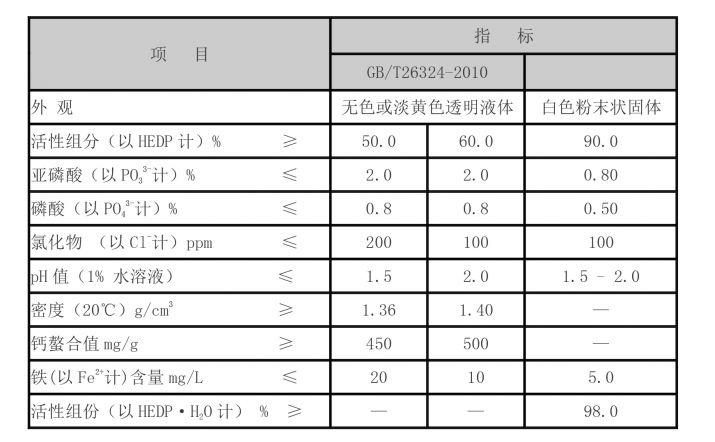Flocculation Agents for Effective Water Treatment Processes and Chemical Solutions
Flocculation Chemicals in Water Treatment A Comprehensive Overview
Water is a vital resource for all forms of life, and its quality is paramount for public health and environmental sustainability. Water treatment processes are essential to ensure that water is safe for consumption and ecological balance. One of the critical components of these processes is flocculation, which involves the agglomeration of fine particles into a larger, settleable mass. This article aims to explore the role of flocculation chemicals in water treatment, their types, and their significance.
Flocculation is a crucial step in the water treatment process. It typically follows coagulation, where chemicals known as coagulants are added to destabilize suspended particles in water. Once the particles are destabilized, flocculation agents, or flocculants, are introduced to promote the formation of larger clusters or flocs. These flocs can then be easily removed through sedimentation or filtration methods.
Types of Flocculation Chemicals
Flocculation chemicals can be broadly categorized into organic and inorganic compounds.
1. Inorganic Flocculants The most commonly used inorganic flocculants include aluminum sulfate (alum) and ferric chloride. These chemicals are effective in destabilizing colloidal particles in water by neutralizing their surface charges, allowing them to aggregate. Aluminum sulfate is particularly popular due to its low cost and effectiveness in removing turbidity and organic materials.
2. Organic Flocculants Organic flocculants include synthetic polymers like polyacrylamides and natural organic substances such as starches and chitosan. These compounds are highly effective in enhancing floc formation and settling rates, especially in low turbidity waters. Organic flocculants can also improve the overall performance of the treatment process, enabling the removal of finer particles that inorganic flocculants might struggle with.
3. Bio-based Flocculants In recent years, there has been a growing interest in bio-based flocculants derived from natural sources. These environmentally friendly options, such as plant extracts and biopolymers, are gaining traction for their effectiveness and lower environmental impact. They offer a sustainable alternative to traditional flocculants and align with the increasing demand for greener solutions in water treatment.
water treatment flocculation chemicals

Significance of Flocculation Chemicals
The use of flocculation chemicals is critical to achieving efficient water treatment outcomes
. The primary benefits include- Improved Water Quality By effectively removing suspended solids, bacteria, and other contaminants, flocculation significantly enhances water quality, making it safe for consumption and reducing environmental pollution.
- Cost-Effectiveness Utilizing flocculants can lead to reduced chemical usage, lower operational costs, and less sludge volume, making the overall water treatment process more economical.
- Operational Efficiency The use of appropriate flocculation chemicals can optimize sedimentation and filtration processes, increasing the overall efficiency of water treatment plants and reducing energy consumption.
- Regulatory Compliance With increasingly stringent regulations on water quality, effective flocculation helps treatment facilities meet required standards, thus protecting public health.
Conclusion
Flocculation chemicals play a vital role in the water treatment process, ensuring that we have access to clean and safe water. The choice of flocculant can greatly influence the effectiveness of treatment operations. As the industry moves toward more sustainable practices, the development and use of bio-based flocculants may pave the way for eco-friendly alternatives that meet both performance and environmental goals. Understanding and optimizing the use of these chemicals is essential for improving water treatment systems and safeguarding our most precious resource.
-
Water Treatment with Flocculant Water TreatmentNewsJun.12,2025
-
Polymaleic AnhydrideNewsJun.12,2025
-
Polyaspartic AcidNewsJun.12,2025
-
Enhance Industrial Processes with IsothiazolinonesNewsJun.12,2025
-
Enhance Industrial Processes with PBTCA SolutionsNewsJun.12,2025
-
Dodecyldimethylbenzylammonium Chloride SolutionsNewsJun.12,2025





